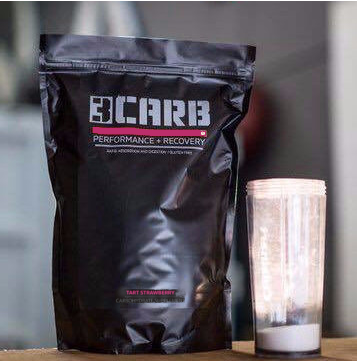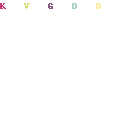The 3Carb Experiment (part 1)
 We’ve all been there – training or competing in hot, humid conditions, and playing catch-up with rehydration. What usually happens is we drink a ton of water (or worse, a sugar-based carb drink), and we end up getting bloated or spending the rest of the day running to the bathroom. Then later in the evening, we’re still thirsty and experiencing cottonmouth.
We’ve all been there – training or competing in hot, humid conditions, and playing catch-up with rehydration. What usually happens is we drink a ton of water (or worse, a sugar-based carb drink), and we end up getting bloated or spending the rest of the day running to the bathroom. Then later in the evening, we’re still thirsty and experiencing cottonmouth.
What happened?
Water in (liquids consumed) = Water out (through sweat)
What happened is that there is a limit to how much water can be taken up by our cells (i.e. intracellular hydration that ends up in the blood and muscle). The rest remains in our our stomach, eventually moves onto the bladder, and is excreted through urine. The fluid that remains in our stomach is what causes the bloated feeling. The fluid that makes it to the bladder is eliminated as waste.
The result is that we consume the same amount of fluid as we lost, but since it’s not getting into the blood and (eventually) the muscle, we still experience symptoms of dehydration. Only the fluid that makes it into the blood and muscle serves to legitimately rehydrate us.
This is because when we sweat, the body pulls water from the blood and muscle (the most efficient sources). But when we put liquids into our body, they don’t go directly where we lost them – they have to work their way back in.
One way to achieve intracellular hydration is to ingest fluids with carbohydrates. Carbohydrates help pull water into the muscle, but there’s a catch: if you spike blood sugar, you only achieve intracellular hydration during the spike. This means if you drink a ton of fluid with sugary carbs, you only get increased cellular uptake while your body is responding to them. So when your glucose goes up, followed by your insulin, that’s the window where your body is able to shuttle fluids into the blood and muscle. Unfortunately, with fast acting carbs, that window closes very fast, and fluid spills over into extracellular stores.
Obviously the solution is to supplement with a complex carbohydrate drink, instead of something loaded with sugar….
Stay tuned for Part two of the 3Carb Experiment, where we’ll take a look at some hard data, and find out exactly what happens to intracellular hydration when a complex carb (3Carb) is ingested with water.


